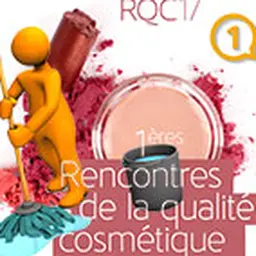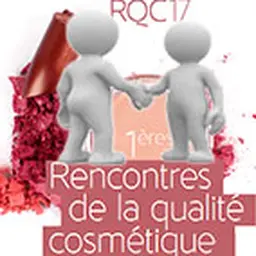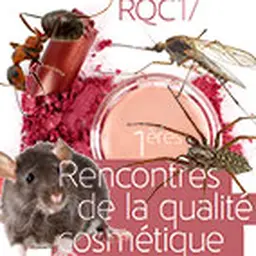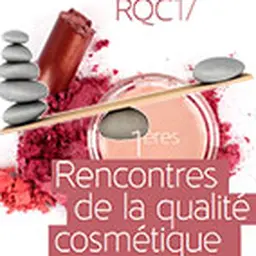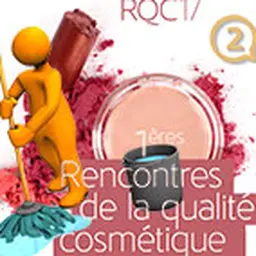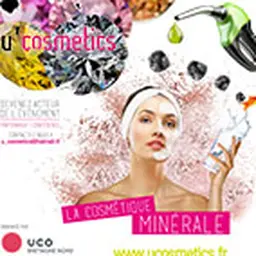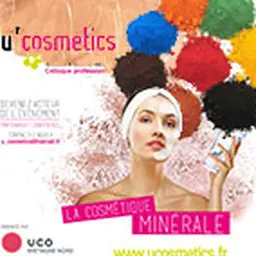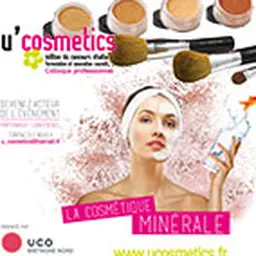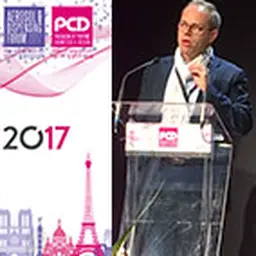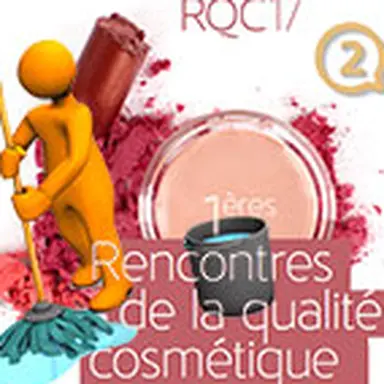
At the first Rencontres de la Qualité Cosmétique, a conference on cosmetic quality organized on March 30 by IFIS (French Training Institute for Healthcare Professionals) and FEBEA (French Federation of Beauty Companies), Françoise Durand, of Anios, and Bertrand Cormary, of the Pierre Fabre Group, provided details on the prerequisites and level of efficiency to be achieved to meet the GMP standard requirements in that field.
After reiterating the regulatory framework and applicable definitions, as well as the cleaning and disinfection fundamentals (read our article, GMPs in practice: cleaning premises and equipment (1/2)) , Françoise Durand, Scientific Director of the Industries Division at Anios, and Bertrand Cormary, Production Quality Assurance Manager at Avène, a Pierre Fabre brand, focused on cleaning agents and disinfectants and on how to verify process efficiency.
Cleaning agents
Two types of products can be used: detergents and disinfectants.
Detergents
Alkaline products are usually used, but also sometimes acid products for automatic processes. Then, more neutral ones are adapted to manual cleaning to guarantee operators’ safety.
The product formulas depend on the types of stains: gels or carbomer phases, pigments and oxides, makeup.
There is also a difference to be made between finishing products and products used to restore the equipment, which should not be used routinely as part of standard cleaning processes, but from time to time, to repair tanks, or depending on the production.
These products have very specific, quite complex formulas comprising several components. Indeed, if water helps solubilize water-soluble stains, it is not a surfactant: detergency is a multi-factor phenomenon requiring wetting and solubilizing agents, anti-dispersants, alkaline agents (soda, …

